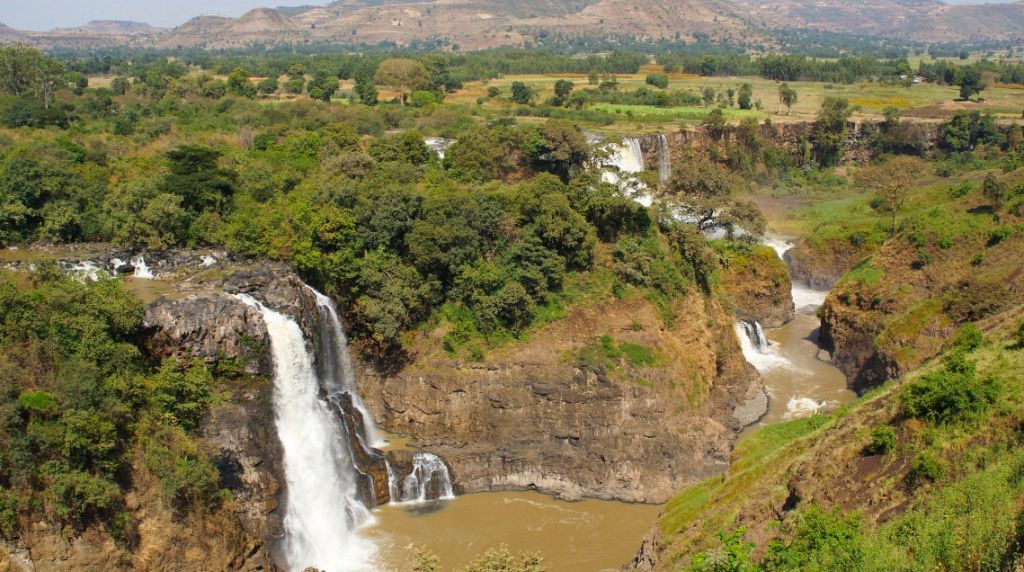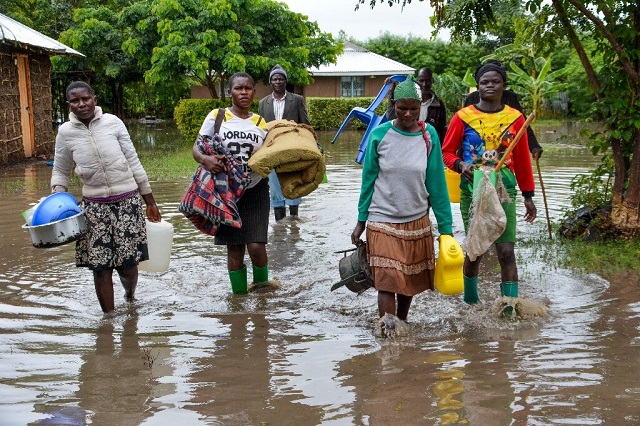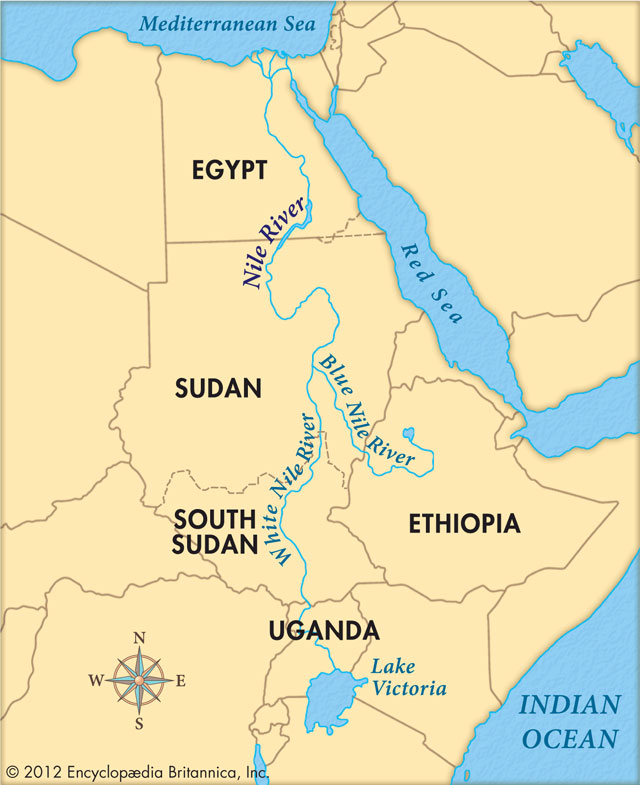(Addis Ababa) – A remarkable geological transformation is taking place in East Africa, where the land is slowly separating to form what scientists predict will be Earth’s sixth ocean. The process is occurring at a glacial pace, but it represents one of the most significant geological events in recent history, reshaping the planet’s physical landscape.
At the heart of this transformation is the Afar region, where three tectonic plates—the Arabian, Nubian, and Somali plates—meet at a complex junction. This area, known as the Afar Triple Junction, has become a natural laboratory for scientists studying the dynamics of continental rifting, offering a rare opportunity to observe the birth of an ocean in real-time.
The tectonic activity in the Afar region is a slow but ongoing process. The Arabian plate is drifting away from the African plates at a rate of about one inch per year, while the Nubian and Somali plates are separating more gradually, at half an inch to 0.2 inches annually. This movement has created the East African Rift System (EARS), a network of rifts and valleys that spans much of the eastern side of the continent.
The formation of Earth’s sixth ocean began millions of years ago, but the process accelerated dramatically in 2005, when a massive crack appeared in Ethiopia’s desert. This event, known as the Dabbahu Fissure, was a startling geological phenomenon, as a 35-mile-long crack opened up within just a few days. The fissure, which widened by about 25 feet, was accompanied by volcanic eruptions and hundreds of earthquakes, dramatically speeding up the continental separation process that would otherwise have taken centuries.
Scientists were astounded by this sudden rifting, which provided an unprecedented opportunity to observe such a significant geological event above ground, rather than beneath the ocean. This rare occurrence has led to the Afar Depression becoming an invaluable site for geological study, revealing insights into the forces that shape the planet’s crust.
The Afar Depression, one of the hottest and most inhospitable places on Earth, is a unique location for studying continental rifting. Here, temperatures can soar to 130 degrees Fahrenheit, and the landscape is dotted with volcanic features, including geysers, hot springs, and one of the world’s few lava lakes. These features provide critical data about the ongoing tectonic activity beneath the surface.
However, the process of creating a new ocean will take millions of years. The Afar Depression is slowly sinking, a phenomenon known as seafloor spreading, which will eventually lower the region below sea level. This will allow seawater from the Red Sea and the Gulf of Aden to flood the depression, forming a new body of water that will eventually become an ocean.
Scientists estimate that it will take another five to ten million years for the Afar Depression to sink sufficiently and connect with other seas, completing the formation of the new ocean. By then, the geological landscape of East Africa will have changed forever, with a new ocean replacing part of the continent.




















